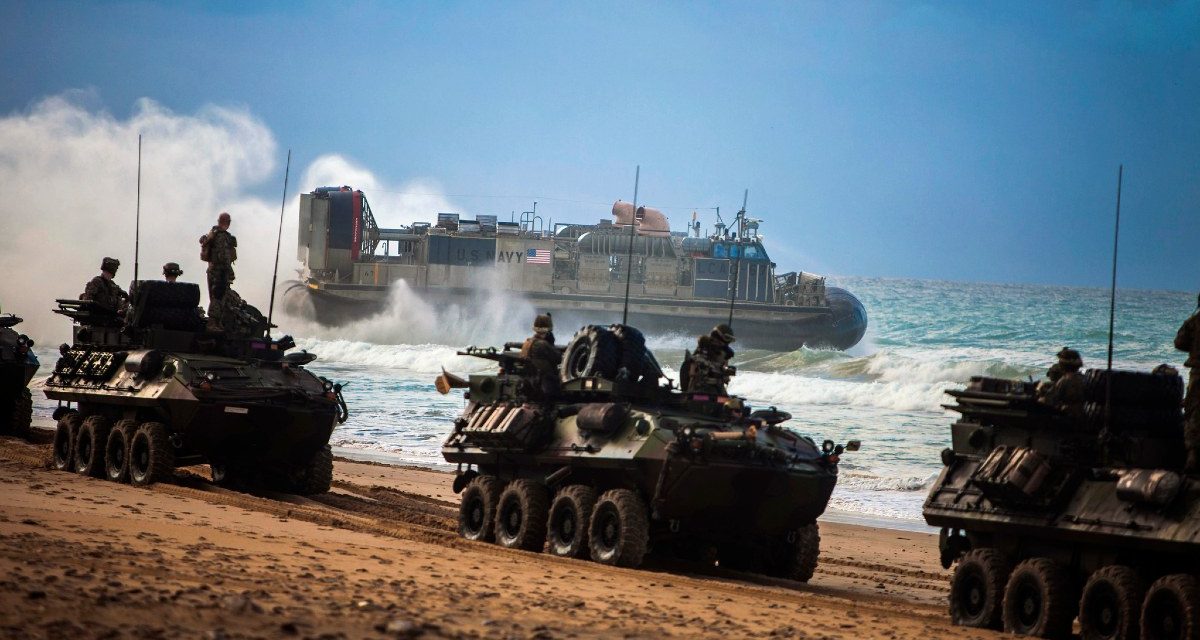Several weeks ago, about two months after Russia’s invasion of Ukraine, we published an article examining the role of amphibious operations in the invasion. More specifically, it looked at the fact that there didn’t seem to be much of a role at all—somewhat surprising given Ukraine’s long Black Sea coastline. The challenge for analysts is to figure out what we should infer from that fact. Are amphibious operations a relic of the past? Or is this an anomaly?
One of the authors of that article was Tim Heck, MWI’s deputy editorial director. Tim is also coeditor of the book On Contested Shores: The Evolving Role of Amphibious Operations in the History of Warfare, and in early 2021, he took part in an episode of the MWI Podcast to discuss the book. Most listeners will know something about the most famous amphibious operations in military history—like the D-Day landings in Normandy during World War II. But what lessons do lesser-known examples hold—examples like an amphibious night attack on the shores of Tuscany in 1555?
On Contested Shores examines a wide array of amphibious operations spanning more than four centuries of conflict. That broad historical context is useful not only in helping us to think through why Russia decided not to land forces in large scale from the sea when it invaded Ukraine, but also in forecasting the role of amphibious operations in future conflicts. That makes now an excellent time to revisit the episode.
You can hear it below, and if you aren’t already subscribed to the MWI Podcast, be sure to find it on Apple Podcasts, Stitcher, Spotify, TuneIn, or your favorite podcast app.
Note: You can On Contested Shores for free online, thanks to Marine Corps University Press.
Image credit: Sgt. Austin Hazard, US Marine Corps

